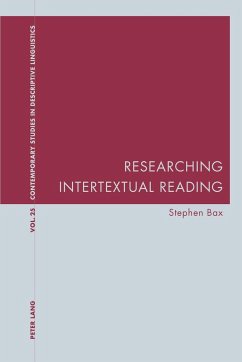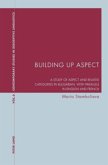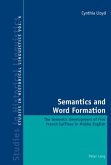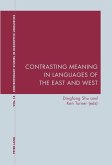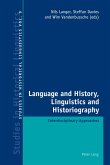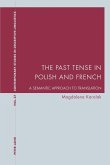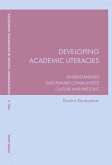Intertextuality in reading - namely the way in which written texts refer to other texts - has recently attracted attention in the field of linguistics and related disciplines. This book offers a unique look at the operation of intertextuality in real-world texts and the role of readers' cognitive processes in responding to intertextuality.
The first part of the book presents innovative research into how intertextuality operates within a corpus of authentic texts. It then draws on that analysis to propose a comprehensive framework by means of which types of intertextual reference in texts can be classified and explained. The second part provides a rare example of an empirical research study into readers' cognitive processes as they encounter intertextuality.
The first part of the book presents innovative research into how intertextuality operates within a corpus of authentic texts. It then draws on that analysis to propose a comprehensive framework by means of which types of intertextual reference in texts can be classified and explained. The second part provides a rare example of an empirical research study into readers' cognitive processes as they encounter intertextuality.

